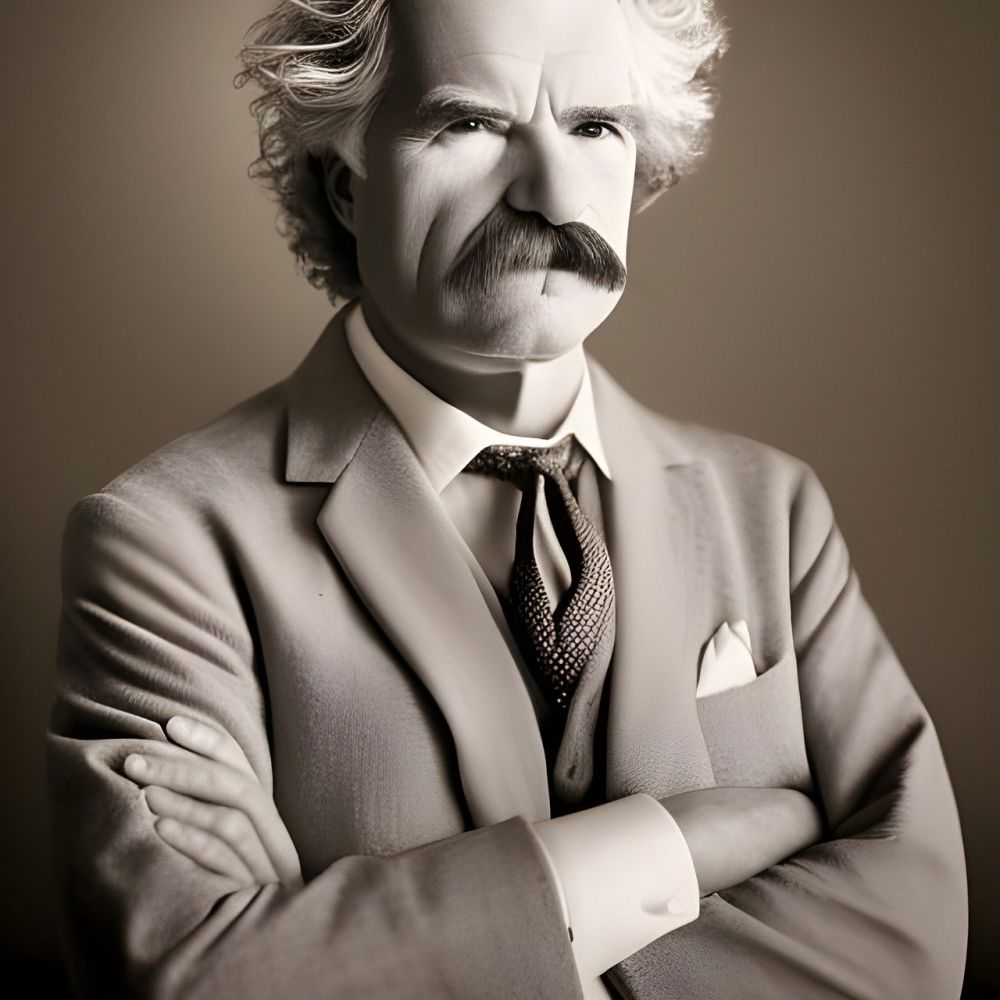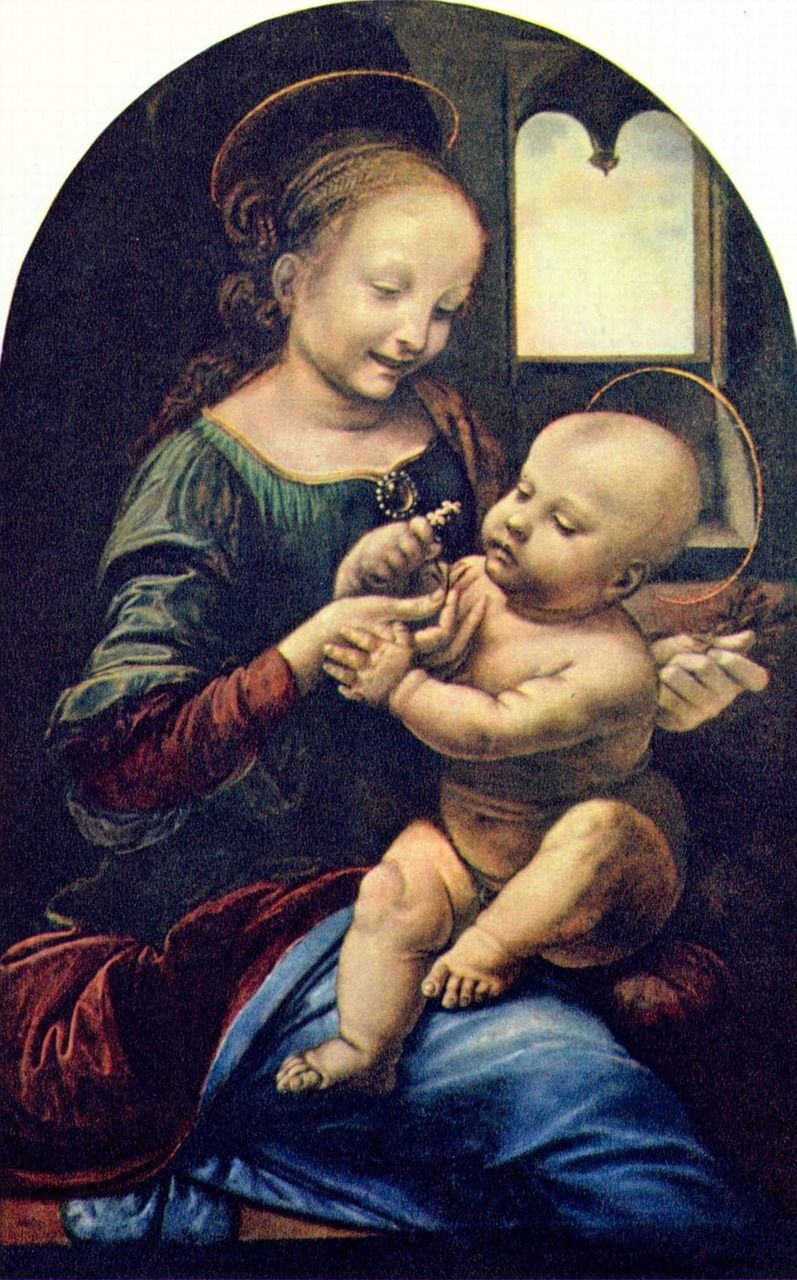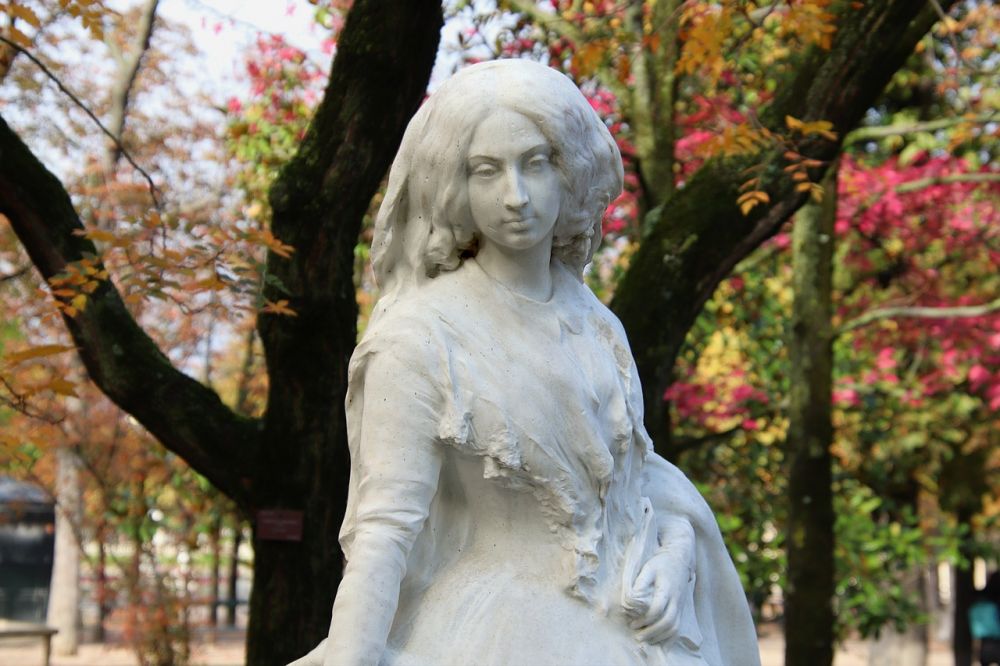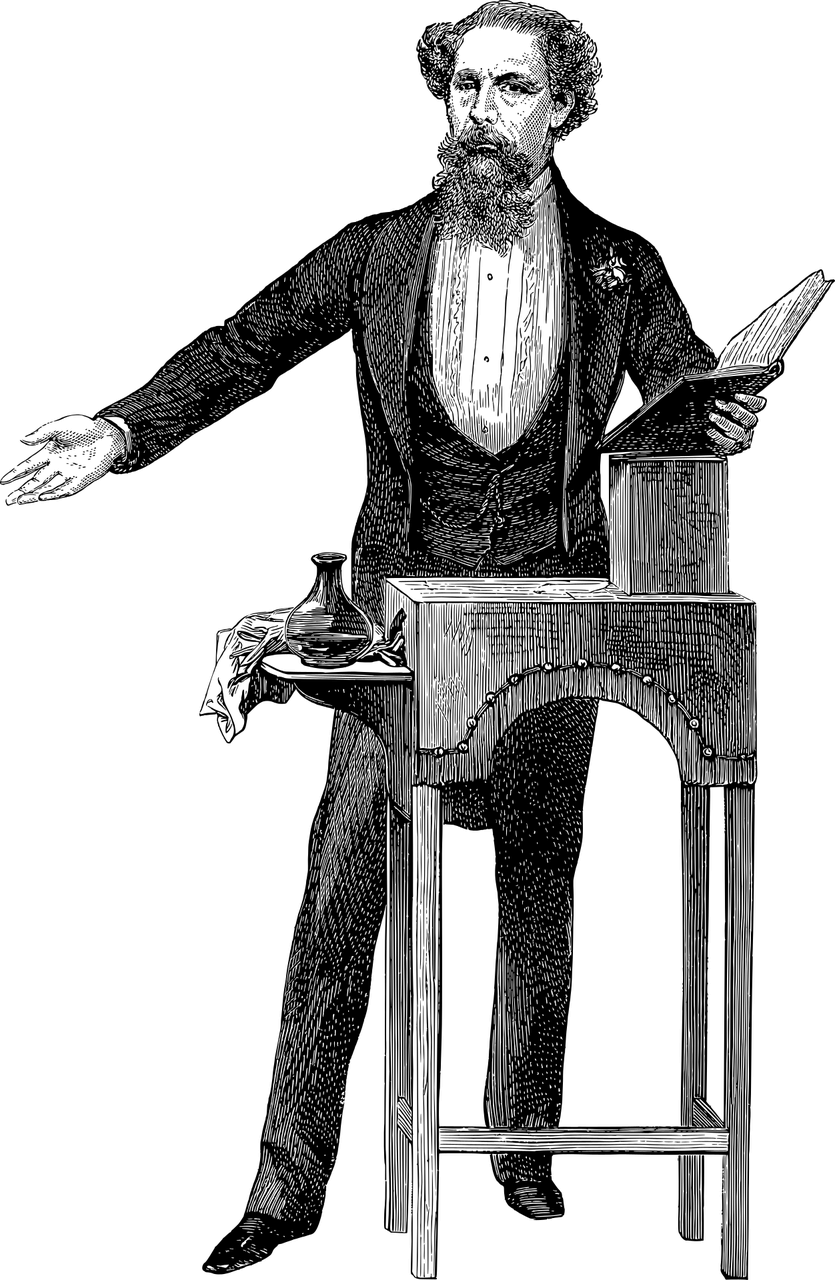The Raven by Edgar Allan Poe: A Deep Dive into a Timeless Masterpiece

Introduction:
“The Raven” by Edgar Allan Poe is a renowned poem that has captured the imagination of readers for generations. With its haunting verses and eerie atmosphere, it has become one of the most celebrated works in American literature. In this article, we will explore the significance of “The Raven” and provide essential information for those interested in understanding this captivating piece of poetry.
1. Understanding “The Raven”:
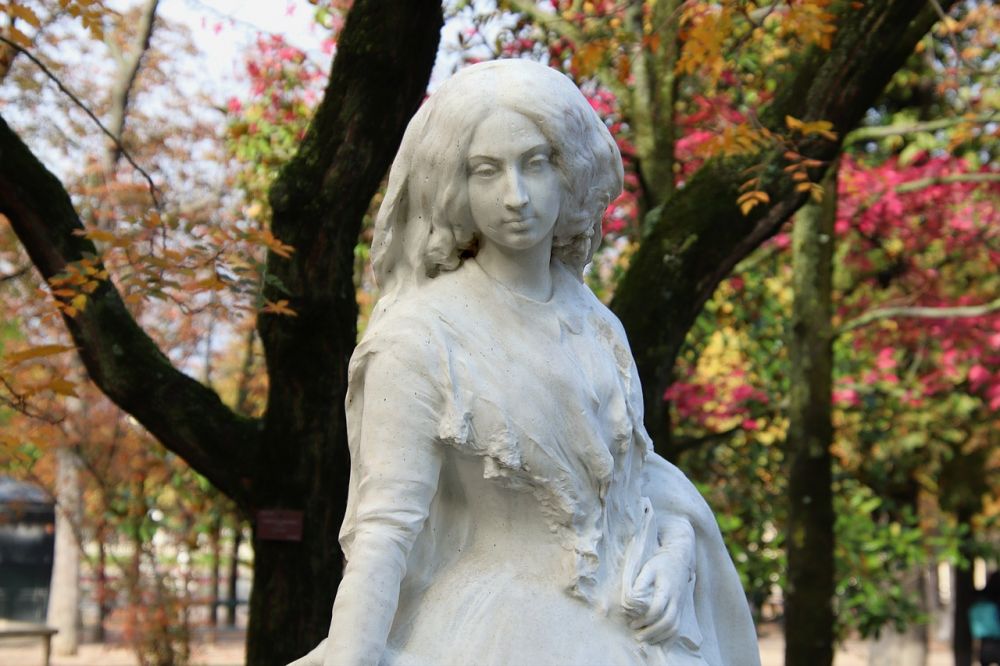
“The Raven” was first published in 1845 and is one of Edgar Allan Poe’s most famous works. It tells the story of a grieving narrator who is visited by a talking raven. The poem explores themes of loss, despair, and the human obsession with mortality. Poe masterfully creates a dark and melancholic atmosphere, using vivid language and intricate rhymes to draw readers into the narrator’s shattered psyche.
Key Elements to Note:
– The Symbolism of the Raven: The raven in the poem represents death and serves as a constant reminder of the narrator’s loss.
– The Structure and Rhythm: Poe employs a trochaic octameter, which gives the poem a distinctive and musical quality. The repetition of certain words and phrases further enhances its impact.
– The Power of Language: Poe’s use of alliteration, onomatopoeia, and internal rhyme adds to the poem’s musicality and intensifies its emotional impact.
– The Theme of Isolation: The narrator’s solitude and his descent into madness highlight the universal human experience of feeling alone and alienated.
2. Historical Evolution of “The Raven”:
“The Raven” was an instant success upon its publication, captivating readers with its dark and mysterious ambiance. Its popularity grew over time, and it firmly established Poe as a prominent figure in American literature. The poem quickly became a cultural phenomenon and has since inspired countless adaptations and references in various forms of media.
Historical Milestones:
1. Initial Reception and Analysis: Upon its publication, “The Raven” received immediate praise for its innovative use of language and its exploration of the human psyche. Critics hailed it as Poe’s best work to date.
2. Popularity and Ubiquity: “The Raven” gained widespread recognition and popularity in both literary and popular culture. It was frequently recited and performed in public, further cementing its status as an iconic piece of American literature.
3. Influence on Literature and Beyond: The poem’s impact extended beyond the realm of poetry. It inspired artists, musicians, filmmakers, and writers, securing its place in the larger cultural consciousness. References to “The Raven” can be found in works ranging from films like “The Crow” to songs by renowned artists such as The Beatles and Lou Reed.
4. Enduring Legacy: “The Raven” continues to captivate readers and inspire new interpretations. Its themes of grief, loss, and the unknown resonate with audiences across different generations and cultures.
In conclusion, “The Raven” by Edgar Allan Poe remains a timeless masterpiece that continues to intrigue and haunt readers. Its exploration of grief, madness, and the human fascination with death showcases Poe’s exceptional storytelling skills and his ability to evoke powerful emotions through words. As we delve into the depths of this haunting poem, we come to appreciate its enduring impact on literature and popular culture. “The Raven” will forever occupy a special place in the halls of American literary history.
Featured Snippet Bulletpoints:
– “The Raven” by Edgar Allan Poe is a renowned poem that delves into themes of loss, despair, and mortality.
– The poem’s symbol of the raven represents death and serves as a constant reminder of the narrator’s grief.
– Poe’s use of trochaic octameter, alliteration, and internal rhyme adds to the poem’s musicality and emotional impact.
– “The Raven” gained immediate praise upon its publication and quickly became a cultural phenomenon, inspiring art, music, and literature.
– Its popularity continues to endure, with references to “The Raven” found in various forms of media.
– The poem’s exploration of grief, madness, and the unknown resonates with readers across generations and cultures.
